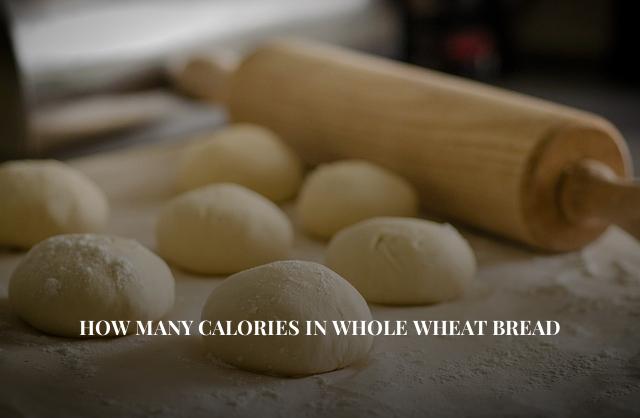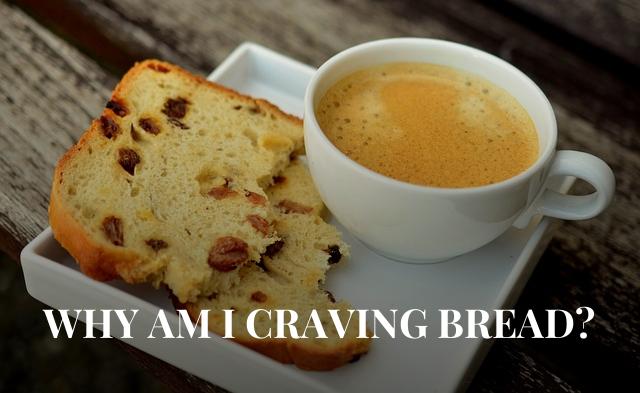Whole wheat bread can be an easy way to increase your whole-grain intake. Whole wheat bread is low in fat and high in fiber.
How many calories in whole wheat bread A slice of commercially prepared whole grain bread provides 69 calories and eight of them come from fat according to a U.S. Department of Agriculture database. A slice provides four grams of meat, 132 calories of fat, 12 grams of veggies, and 2 grams of sugars.
One of the best ways to lose weight is by replacing white bread with wheat bread, according to many nutrition experts. A piece of wheat bread is higher in fiber than white bread, which makes it easier to feel full. According to the study, wheat bread isn’t the best choice for long term weight loss.
One of the best breads we analysed was Biona’s Organic Rye Bread. It has the lowest calories per 100g. If you can’t stomach wheat, rye’s good.
A hard-boiled egg has an additional 218 calories, while two slices of toast have the same number of calories. The calories from a slice of thinly sliced white bread would be only 49 calories, compared to 178 calories with a single slice.
Why is bread so high in calories?
Eating a slice of wholemeal bread, which contains only 76 calories, and a slice of white bread, which contains only 77 calories, won’t make you fat. You increase the calories and fat in sandwiches and toast by putting bread on them. A diet that restricts the amount of certain food groups can cause potentially dangerous deficiencies in vitamins and minerals. It would be more sensible to follow a similar approach instead of following the latest diet because most medical professionals recommend a healthy, balanced diet in most cases.
Does bread make you gain belly fat?
If you eat too much food, you will gain weight. You don’t make yourself fat by eating bread. Some bread is better for you than others. White bread can be harmful to you, it has low nutrition value and can be a risk for type 2 diabetes. The bread that is whole grain is more filled with vitamins and minerals. Whole grain bread is part of a healthy diet and should be consumed in moderation.
Is 6 slices of bread too much? Your body goals will affect the daily consumption of this bread. If you want to keep your weight in check, you can eat up to 12 slices of whole wheat bread a day. Depending on your diet, you might want to stick to eight slices per day if you want to lose weight.
Eating whole wheat bread everyday?
You can eat up to four slices of whole grain bread a day if you stick to it. It is up to you to decide which variety of bread you want to consume, the one full of preservatives and added flavours or the one with vitamins and minerals. One final piece of advice, trust the healthy ingredients when buying bread, you will never go wrong! Don’t break up with bread just yet, as you will do just fine, because you don’t know the benefits of the healthier varietites.
The most popular of all breads, this bread can be either soft or hard, and goes with everything on the table. A person can eat up to 8 slices of white bread a day. It’s important to balance that consumption with other sources of Carbohydrates. If you have 3 slices of bread, you can replace it with 1 large potato or 1 medium potato.
There are a lot of health benefits to eating bread every single day, but it also has some drawbacks. It can be ok in moderation but it can be harmful to your health if you eat a lot of it.
The 2020-2025Dietary Guidelines for Americans recommend that adult women consume between 1,600 and 2,400 calories per day. The amount for men is between 2,200 and 3,200 calories per day.
Eating bread and still lose weight?
A high amount of carbohydrates in bread can lead to fat build up. Some types of bread can help with weight loss. It is great for people to lose weight by eating bread that is high in vitamins and minerals.
Hunnes says that you can eat bread daily if you limit yourself to less than 3 ounces per meal. The type of bread being consumed is more important than anything else.


